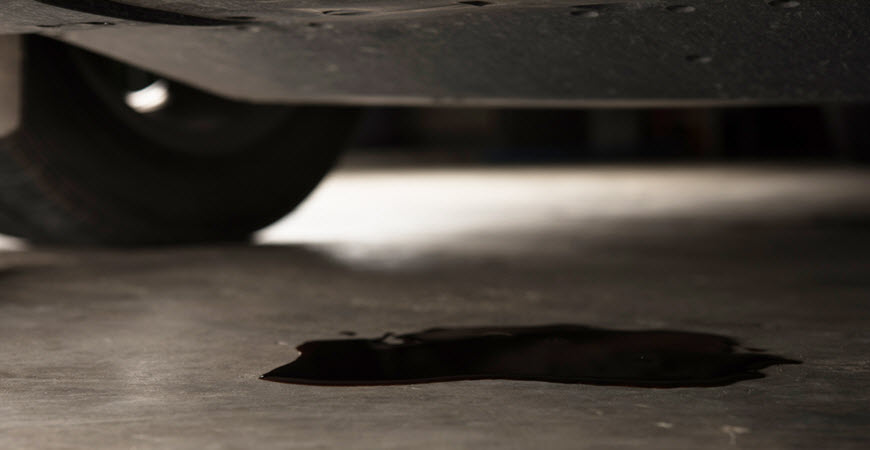One of the most common symptoms indicating that your vehicle needs a check-up is the dreaded dark splotch of oil. This is often seen as you back out of the driveway.
To maintain the elite performance standards for a car, a driver can take steps to preserve their vehicle’s health with a well-rounded knowledge of the causes of an oil drip. Let’s take a look at the primary reasons why your vehicle has a stain between the tires and the components behind the familiar oil leak.
Wear and Tear and Human Error
The oil cap and oil plug are pieces a person unscrews when adding new oil or changing out the old. Screw them on loose or with the threads crooked, a leak is likely to manifest as oil residue around the base of the cap. It can also slicken your oil drain bolt and possibly tattoo your parking spot. These human-error mistakes can happen, but the root cause of most leaks will be general wear and tear.
An engine is a maelstrom of physical forces, including constant extreme heat, pressure, and friction. Gaskets and seals protect the engine from these forces and take the brunt of the elements. Age and stress make them your primary suspects for any oil leak.
Your Primary Suspect: Gaskets
The valve cover gasket, oil filter housing gasket, and the oil pan gasket serve the crucial role as a sealant for oil flow through the engine. They also serve as padding to absorb engine vibrations. Because of these responsibilities, they take the hardest punishment.
Valve Cover Gasket
This gasket is a common failpoint as your vehicle ages and the most likely to break down and leak. In time, these gaskets deteriorate because they are often made from hard and durable rubber. Between 60,000 and 100,000 miles, they’ll grow brittle and crack or completely break, causing the leak.
Oil Filter Housing Gasket
Your oil filter housing assembly is sealed by this piece. A leak displays as stains and oil residue around the outside of the gasket. Like the valve cover gasket, it fails with age, so it’s a good idea to take preemptive action against a failure before 100,000 miles.
Oil Pan Gasket
Heat and pressure are the recurring themes with gasket breakdown. Overheating, low oil pressure, and black smoke coming from the hood are all symptoms of an oil pan gasket leak.
A Secondary Cause: Crankshaft Seals
Like gaskets, the front and rear crankshaft seals offer protection from oil leaks and take the additional battering of a turbulent, spinning crankshaft. Not to be overlooked, the seals on either end of the engine’s crankshaft can break down and serve as your leak culprit.
Front Crankshaft Seal
Think of the mouth of a water bottle as the front end of your car’s crankshaft. In that mouth, a rubber and metal seal prevents fluid leaks from the crankshaft body. As the seal ages on the turbulent crankshaft, it becomes less surprising to find a front-engine oil stain. Additionally, if the vehicle sits for months, the seal material can deform and cause a leak.
Rear Crankshaft Seal
Like its front-engine counterpart, the rear seal knows the violence of a spinning crankshaft. A rear leak often shows itself as oil around the oil pan or a drip onto the nearby transmission.
Oil Leaks Are No Problem For DART auto
The technicians of DART auto take enormous  pride in our level of specialist training and customer care for the areas of Englewood, Littleton, Centennial, and Denver, CO.
pride in our level of specialist training and customer care for the areas of Englewood, Littleton, Centennial, and Denver, CO.
If your driveway has the dreaded oil splotch, we are available to help resolve oil leak issues. Please contact us for an appointment or to answer your questions. It will be our privilege to service your vehicle now and for all future maintenance needs.
